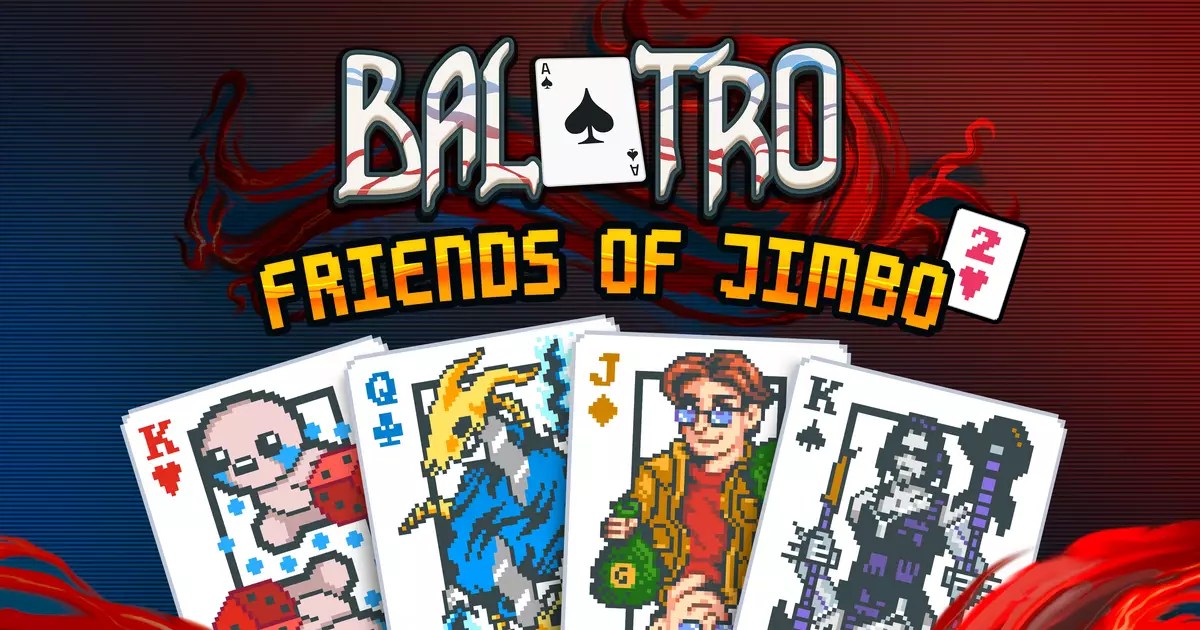Having recently explored Balatro for a fleeting hour, I emerged with mixed emotions. This game boasts a vibrant array of thematic card art and an engaging layout, making it appear captivating from the onset. However, once the novelty began to wear off, I promptly uninstalled it. Perhaps my experience reflects a personal limitation, but I found myself recognizing the allure of Balatro as a potential trap—a seductive distraction from more meaningful engagements.
For those who find richness in a title like Balatro, recent updates breathe a fresh layer of life into the experience. A significant free update introduces new themed card art, inspired by notable games such as Binding Of Isaac, Cyberpunk 2077, Stardew Valley, and Slay The Spire. While these additions are purely cosmetic, they offer players an opportunity to personalize their decks and invest themselves further into the visual aesthetic of the game. The new “Customise Deck” settings menu, designed for seamless transitions between skins, illustrates an intention to deepen player engagement, albeit without introducing new mechanics or gameplay.
It’s essential to recognize that the latest updates are part of an ongoing effort to captivate players who may be hesitant like myself. The previous update, dubbed Friends Of Jimbo, introduced card art inspired by four more games, including The Witcher 3 and Among Us. This ongoing development reflects a calculated strategy to maintain interest in a title that inherently revolves around repetition and reinforcement of the same core gameplay loops.
Despite my early exit from Balatro, it’s worth noting that other players have dived much deeper into the game’s mechanics. For instance, Katharine’s review called it a “Bestest Best,” praising the game’s ability to celebrate the joy of mastery and the rush of beating a system built around formidable odds. She elucidated how Balatro encourages players to engage actively with the game’s challenges rather than passively consuming content. This angle provides a compelling counter-narrative to my initial misgivings, highlighting the potential for significant reward that lies behind the surface.
While Balatro carries the promise of addictive gameplay, my personal experience leads me to hesitate. The question lingers—does the delightful chaos of “making numbers go up” truly capture the essence of a fulfilling gaming experience? As highlighted in Katharine’s analysis, the game reinforces an alluring cycle of risk and reward, yet can this be sustaining over the long haul? For every player like Katharine who finds joy in the depths of Balatro, many like me remain skeptical. In the end, will Balatro keep its players engaged, or will it simply serve as a shiny distraction for the time being? Only time will tell, but for now, I remain reticent, mindful of the monkey on one’s back.


Leave a Reply